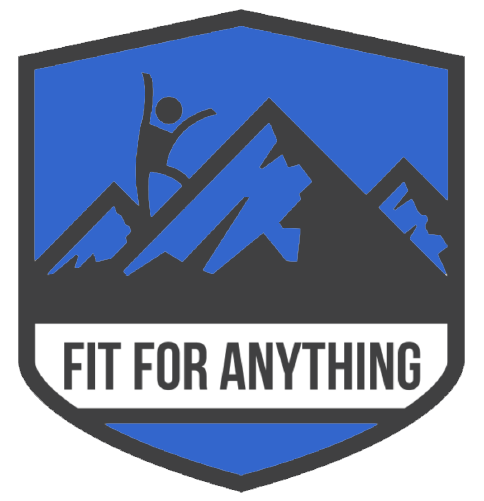Don’t assume that winter means weight gain and an inevitable slowing down of your fitness efforts. Winter is just a season and like all seasons your routine can be adapted to suit the weather, ensuring you still get the most from your sessions, including enjoyment.
Now that the clocks have gone back an hour and the days are shorter, it’s tempting to cut back on training, particularly when it means going out after dark. If running in the dark, for example, doesn’t appeal to you, make a swap for the season. Try something else. Change the time you train, if appropriate or perhaps look at hitting the treadmill indoors or even mixing things up and swapping some of your running sessions for swimming or similar.
You don’t have to swap outdoors exercise for indoors during the colder months, however, far from it. Winter training and a bit of cold may offer you more benefits than you’d think, not least avoiding over-indulgence and getting out of routine with your regime. Provided you make some sensible changes to the way your train, there’s absolutely no reason to give winter training the cold shoulder.
Be Safe
First and foremost, ensure that if you are running, jogging, walking or taking part in any activity during the darker ours that you are visible, that the area that you are working out is safe in the dark (i.e. could you trip/fall) and that you choose areas that aren’t isolated. These might seem like common sense to some, however, it’s important to ensure that new winter exercise habits are safe habits.
Look After Your Joints
You really do need to look after your joints during the colder months as they actively dislike the cold if not used to it. Warming up is as important as ever during winter but so is actually being warm. Boosting your circulation works wonders for your joints as this offers lubrication to your joints.
You Can Keep Your Hat On
When you work out, you get warm, that’s a given. Did you know however that you may lose as much as fifty percent of your body heat through your head? By keeping a hat on when working out in the cold you not only keep yourself warm, you stop the blood from your fingers and toes constricting. This isn’t helpful for workouts which require hands and feet that haven’t started to go numb!
Winter Fuel
Hydration and proper nutrition are important every day, whether it’s sunny, raining or snowy. Make sure you keep up with your drinking and eating healthy meals and snacks. It may be useful to add some immune system boosting ingredients into your meal plan, especially during cold and flu season.
Don’t Overdo It
True of any time of year but most common during winter, if you find yourself with something more serious than the common cold, i.e. a chest infection, a nasty cough and so on, don’t be tempted to push through it. Fitness is all about pushing boundaries and trying harder, however, working out when ill, when your body is telling you to slow down and recover means you’ll not enjoy the session and will be much more likely to hurt yourself.
In Summary
When it comes to winter workouts dress appropriately (layers!), warm up properly, stay hydrated, mix up your routine to bypass icy roads or running in the dark and above all, enjoy yourself! It would be nice to be setting new goals come January instead of another New Year’s Resolution, having found yourself having fallen off the fitness wagon and needing to get back on again.

